I capitalized that H because apparently I forgot it on a Tweet and got some good laughs!
First – human (caused) tragedy:
What is happening in Libya right now can cause a lot of anger, for different reasons, directed at completely different “camps”. Regardless of the camp, this can result in anger, fear and pain. I firmly believe that what the general population is told about the motivations is, at best, a load of half-truths. So I beseech everyone, regardless of your political opinions to simply speak for and keep your mind set on a peaceful resolution of the current situation.
The image to the right is from the War Amps: an organization that raises money to help children with amputated limbs and their families. The image with the downturned rifle is the Canadian Armed Forces’ symbol for mourning dead soldiers (“fallen comrades”). The organization uses this as a logo for their efforts to sensitize people to the horrors of (all) war and to the importance of trying to avoid it and find peaceful solutions to critical situations. Some of you will argue in favour of action to prevent worse trouble: history has yet to show this works at all.
One wisdom tooth gone!
The operation went really well. The “deep sedation” (getting me to sleep) was quick and efficient and the wake-up process went quickly and well. The extraction took an hour, but evidently without problems: today (approx. 48 hours later) no pain, no swelling. 2 weeks to oboe! In the mean-time, prepare reeds for scraping!
Pre-Gouging: the conception of an oboe reed!
I was surprised, during the summer, to read LOTS of questions and discussions about pre-gouging. My wife took some excellent photos and I will use them to explain: many more can be found on her Flickr photostream. In a nutshell, “gouging” cane is giving it the right thickness and inner curve and “pre-gouging” is only about getting a piece of raw can to fit the gouging machine…. that’s all!
To me, the most important criterion for cane selection is flatness: this will greatly determine how “freely” the reed vibrates. Arching inwards will choke the reed and cause leaks close to the binding. Arching outwards will make the blades separate: I got excellent reeds with this, but they are usually difficult on endurance. I don’t care so much about “straightness” (side to side) as this will be cancelled by the shaping.
Most references and stores only mention splitting in 3. For me, the inspection of flatness sometimes shows that it is possible to get 2 flat sides that would ruined by splitting in 3. Fully flat splits are not always possible, so I just aim for the best possible and choose to split in 2 or 3 depending on which will yield closest to flat.
The images below show:
- Split lengths from a canon (tube cane) split in 2, split in 3 and pre-gouged.
- The split-only cane in the machine: it can work, but risks jamming the machine and messing-up the delicate adjustments.
- The pre-gouged cane: much easier to gouge.
In terms of quality of cane the important factors are:
- density and “health” of the grains: hard to tell before scraping – I’ve lately made great reeds with canes of almost all hard/softness
- flatness of the final cut
- diameter and thickness of the selection
The thickness of cane will be the subject of another blog post (on gouging). As for the diameter, these pictures show that what looks like a HUGE difference in diameter can be as little as 1mm or 0.5mm. In fact, I consider the arc more important than the diameter because, in an ovoid tube, the diameter can be misleading, especially if you’re using drop-in rulers to measure it.
The pre-gouging demonstrations above work equally well with canons split in 2 or 3. I only have difficulty when a canon turns out to have a diameter for English Horn: a bigger pre-gouger (especially for E. H.) is required for that. In many internet guides on reed making, they show chopping the cane before pre-gouging it. I prefer the opposite because:
- it is easier to chop after the cane is thinned,
- some split cane lengths can produce 2 pieces for reed making, but the chopping first requires preparation that can ruin it.
The above images show: (left) cutting a little bit off the end to keep the flatter part in the middle; (center) sometimes, 2 pieces of reed cane can be obtained from the same split length; (right) again, what counts most of all is correctly centering the cut to keep the flattest part.
Other than the above, I pretty well keep all cane, soft or hard, twisted or straight. The reason is that I have it, might as well use it. If it does not work out to be a good reed, well I only lost a few hours of my time. But throwing away the potential for a fantastic reed is a horrible thing!
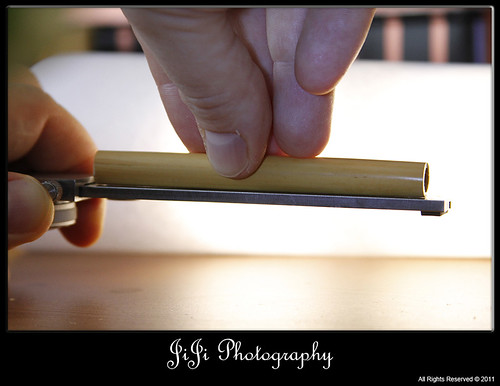
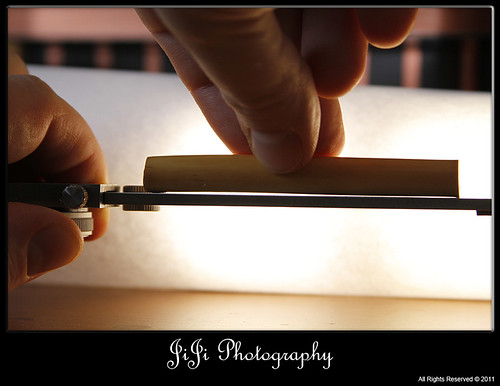


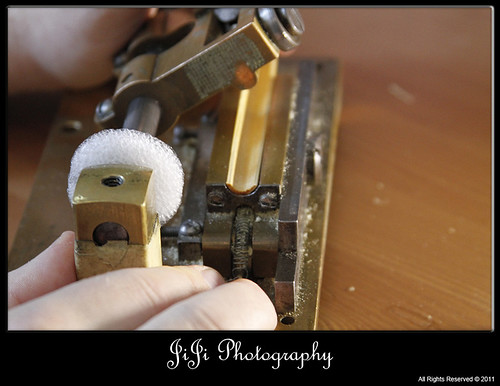
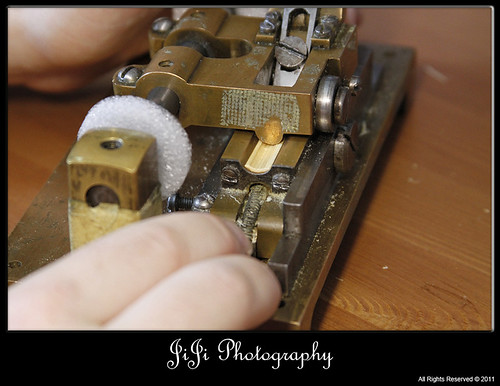
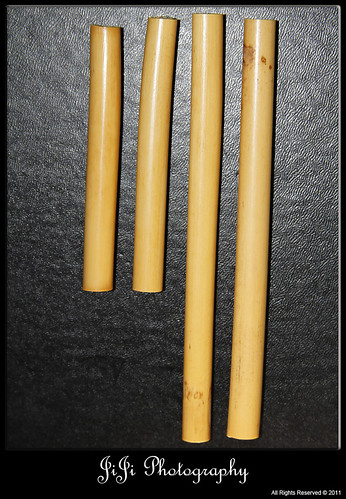
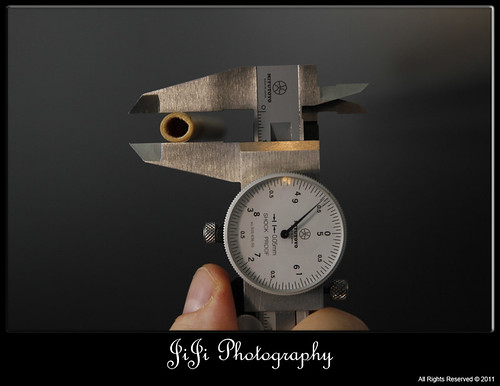
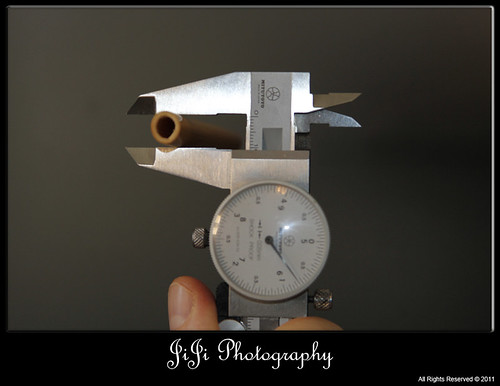
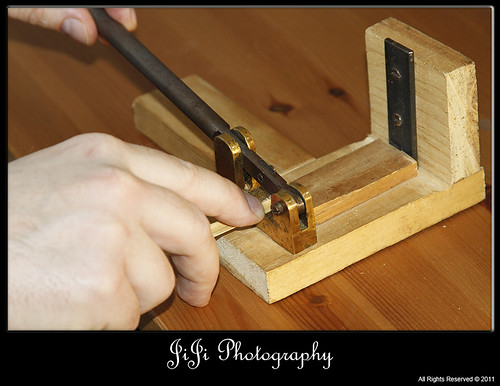
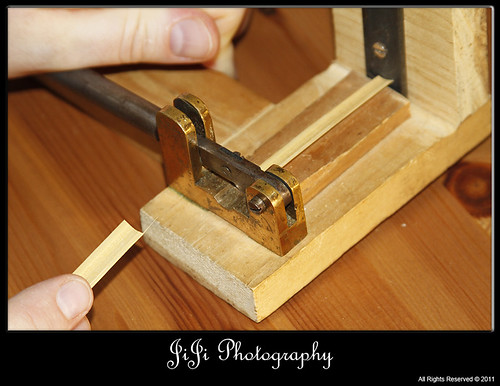
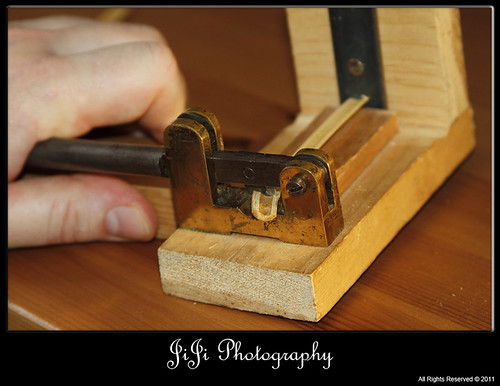
1 comment:
Great info on reed making!
And I hear you on Libya. You know how I feel about that, though.
Post a Comment